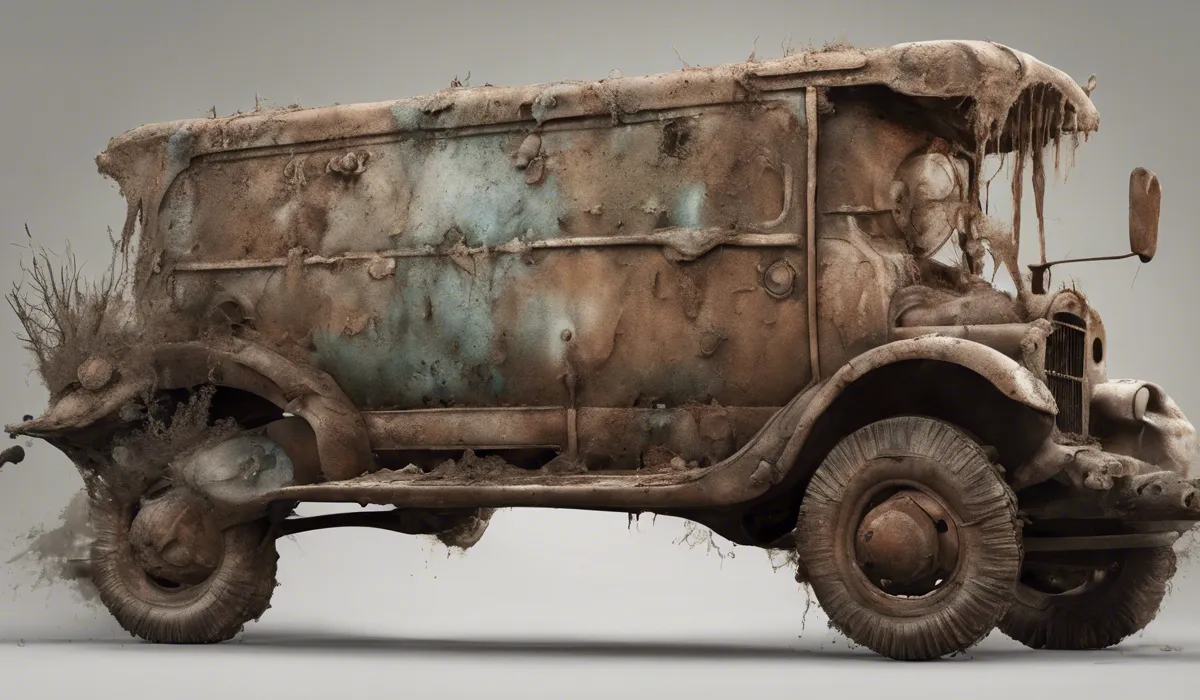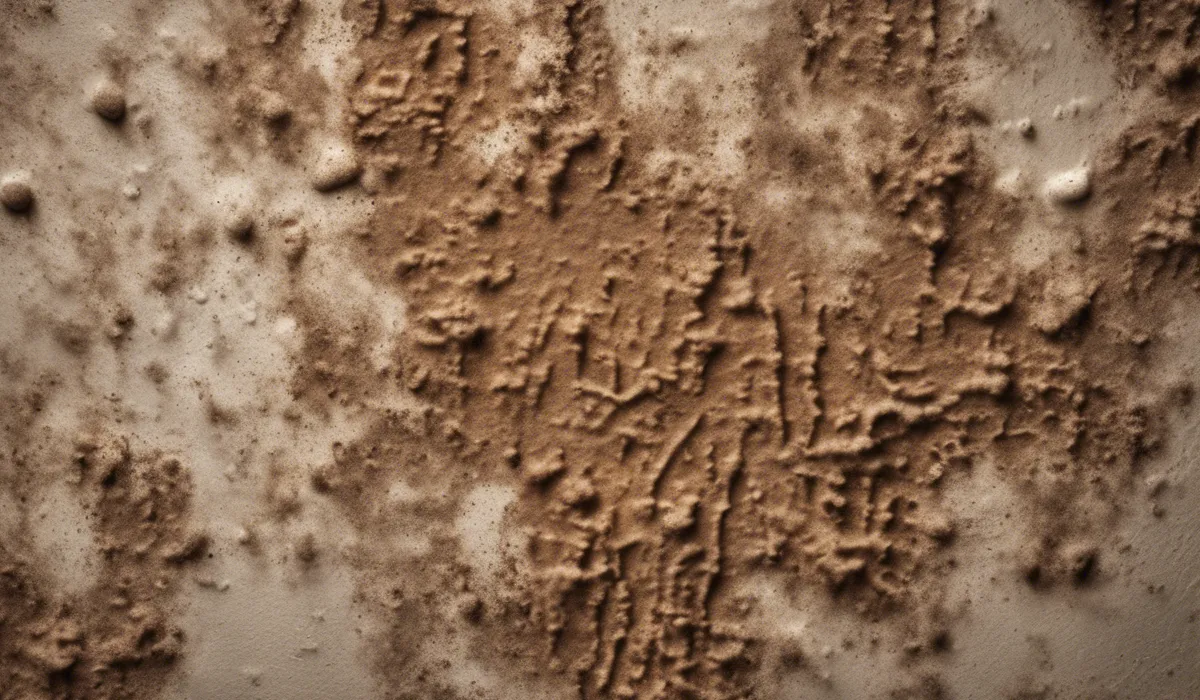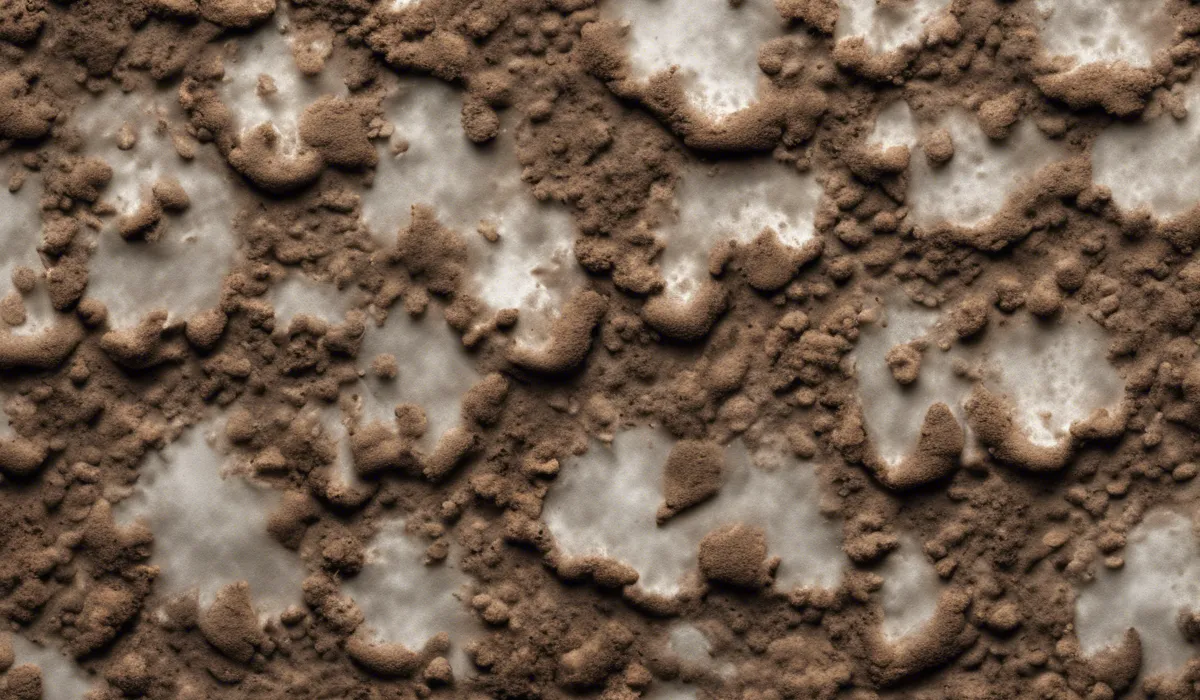Yes, mold can be brown. Brown mold is a common type of fungal growth that may appear on various surfaces. It often has a flat, velvety texture and can indicate moisture issues. Brown mold should be removed promptly to prevent health risks and property damage.
Understanding Mold and Its Varied Colors

What Exactly Is Mold?
Mold is a type of fungus that can grow on many different surfaces. It forms clusters that look like tiny threads.
These threads are called hyphae. When many hyphae grow together, they make a big group called a mycelium, which we can see with our eyes. Mold uses spores, which are like tiny seeds, to spread and grow in new places.
Breaking Down the Color Myth
People often think mold is just black or green. But that’s not true. Mold comes in many colors, including blue, yellow, and even pink.
Brown mold is one of these colors. Each color of mold can tell us something about where it likes to grow and what it needs to live.
The Rainbow of Mold Colors
Mold can be many different colors. The color can depend on what the mold is eating, how old it is, and how much moisture there is.
For example, a mold that lives on plants might be green, while a mold that likes wood could be brown or black. The color can also change over time as the mold grows and changes.
Why Mold Color Matters?
The color of mold can help us understand what kind of mold it is and if it might make us sick. It also helps us figure out the best way to get rid of it. Knowing about the different colors of mold can help us keep our homes safe and clean.
Identifying Brown Mold in Your Home

Recognizing Brown Mold
Brown mold might look like a stain or a fuzzy patch on a wall or other surface. It can feel damp and may have a velvety texture.
Brown mold can grow in many places, but it loves areas with a lot of moisture, like bathrooms or basements. Sometimes you can find it hiding behind furniture or in corners where it’s hard to see.
Texture and Growth Patterns
Brown mold can look flat or slightly raised. It spreads out as it grows, and the edges might seem fuzzy or have a soft texture.
The pattern of its growth can give us clues about where the moisture that it needs is coming from.
Common Locations in Your Home
Brown mold is often found in places with a lot of water, like near leaking pipes or windows.
It can also grow on materials like wood, paper, or fabric that have been wet for a while. Keeping these areas dry can help stop brown mold from growing there.
Brown Mold vs. Other Mold Types
Brown mold is different from other molds because of its color and where it likes to grow. Other molds, like black mold, might be more dangerous and need special care to remove. Knowing the type of mold can help you choose the right way to clean it up.
Health Risks of Brown Mold
Exposure to brown mold might cause health problems, especially for people with allergies or asthma.
It’s important to clean up any mold in your home to keep everyone healthy. If you’re not sure how to clean it or if the mold area is very big, you might need to ask for help from a professional.
Remediation and Prevention of Brown Mold

Safe Removal of Brown Mold
To remove brown mold, you need to be careful not to breathe in the spores. You can use soap and water or a special cleaner to clean small areas.
For bigger mold problems, you might need to use special equipment or chemicals to make sure all the mold is gone.
Step-by-Step Cleaning Guide
When cleaning mold, always wear gloves and a mask. Start by scrubbing the moldy area with a brush and a mixture of soap and water. Rinse the area well and let it dry completely.
If the mold comes back, you might need to use a stronger cleaner or remove the moldy material and replace it.
When to Call the Mold Experts?
If the mold covers a big area or if it keeps coming back after you clean it, you might need help from a professional.
Mold experts can find where the moisture is coming from and fix it. They also have special tools and know how to use them to get rid of the mold safely.
Keeping Mold Away for Good
To stop mold from growing, keep your home dry and well-ventilated. Fix any leaks right away, and use a dehumidifier if needed.
Cleaning regularly can also help prevent mold. Remember, a clean and dry home is a happy home.
Maintaining a Mold-Free Environment
Regular checks for moisture and fixing any problems quickly can help keep your home mold-free.
Use fans and open windows to let fresh air in and keep moisture out. If you live in a place with a lot of rain or humidity, using a dehumidifier can help a lot. Keep your home clean and dry to make it a place where mold can’t grow.
FAQs About Brown Mold
Can mold appear in shades of brown?
Yes, mold can indeed be brown and is a common color for mold on various surfaces.
What does brown mold typically look like?
Brown mold often has a flat, velvety texture and may spread across surfaces in a patchy distribution.
Is brown mold a sign of a particular problem?
Yes, brown mold can indicate underlying moisture issues that should be addressed to prevent further growth and potential damage.
Should brown mold be removed quickly?
Definitely, removing brown mold promptly is important to prevent health risks and damage to property.
Are there health risks associated with brown mold?
Yes, exposure to brown mold, like other types of mold, can pose health risks, particularly to individuals with allergies or compromised immune systems.
Final Thoughts
Mold is indeed capable of exhibiting a brown coloration and commonly does so on a variety of surfaces.
Characterized by a flat, velvety appearance, brown mold signals potential moisture problems. Addressing and removing this mold promptly is crucial to safeguard health and prevent damage to property.
